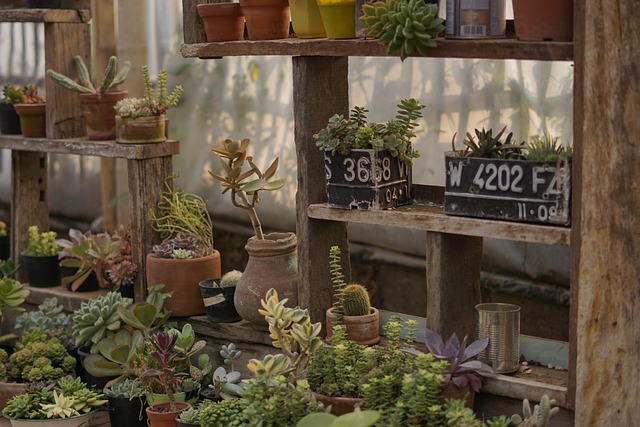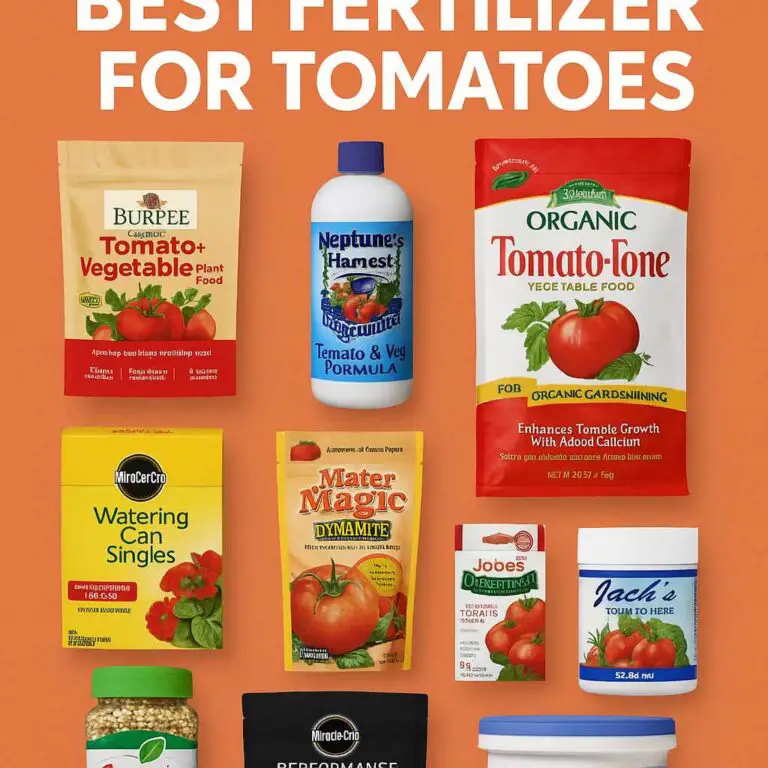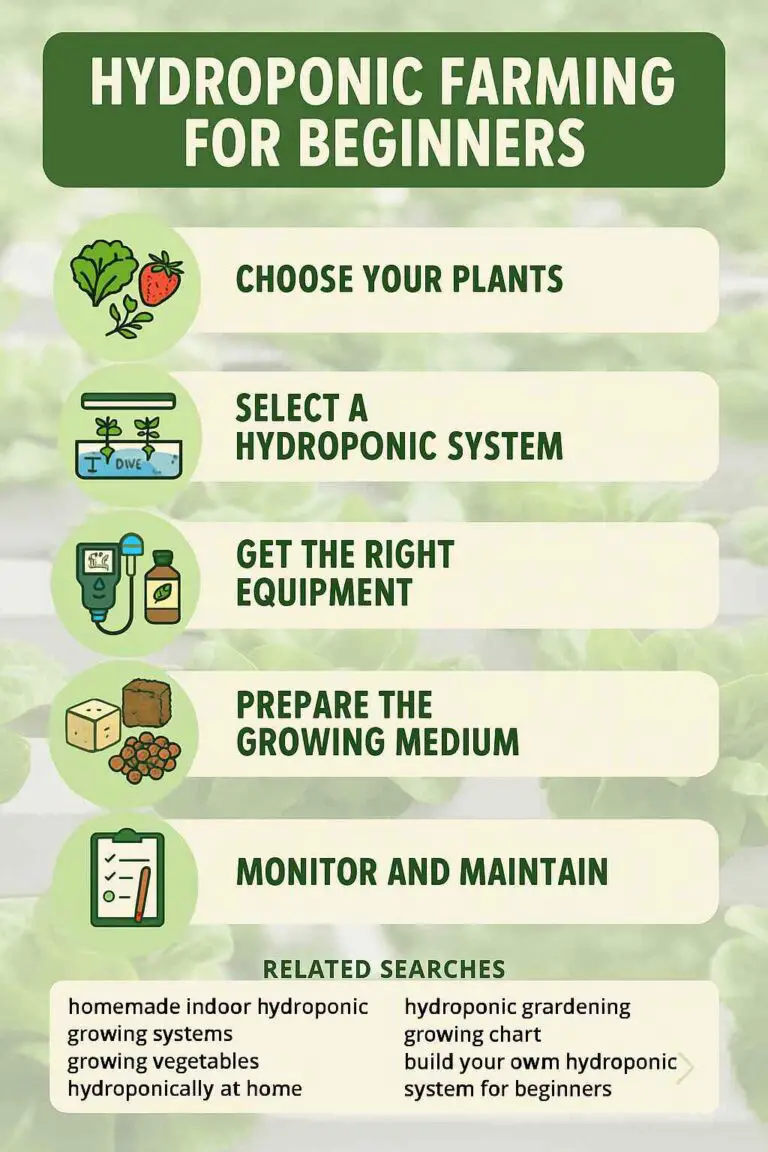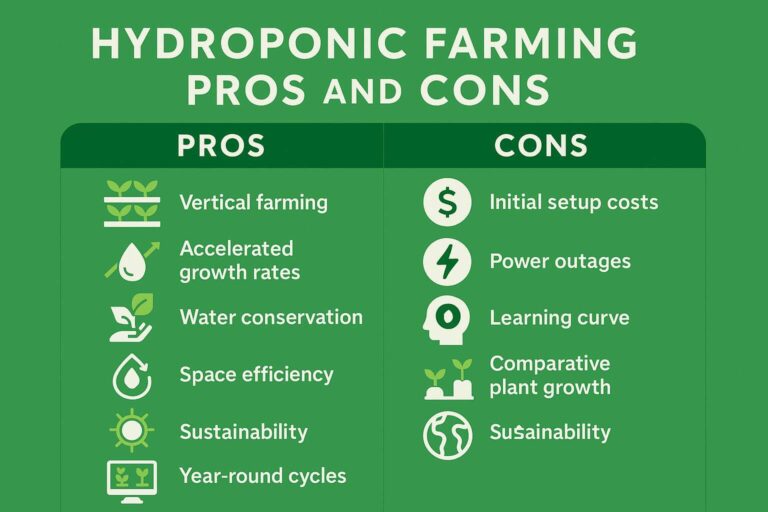As the cold winds of winter approach, many gardeners resign themselves to a season of indoor gardening or simply putting their outdoor plants to rest until spring. However, with careful planning and the right selection of potted plants, you can create a vibrant and inviting winter garden that thrives even in the harshest of weather conditions. In this article, we will explore a variety of potted plants that can survive winter outside, allowing you to enjoy a touch of greenery and color throughout the cold months.
Understanding Winter Survival
Before delving into the list of winter-hardy potted plants, it’s crucial to understand what makes a plant capable of enduring winter conditions. Several factors contribute to a plant’s ability to survive cold weather:
- Hardiness Zone: One of the most critical factors is the plant’s hardiness zone. The USDA Plant Hardiness Zone Map divides regions in North America into zones based on average minimum winter temperatures. Choosing plants that are rated for your specific hardiness zone is essential.
- Plant Type: Different types of plants have varying degrees of winter hardiness. For example, evergreens are known for their ability to retain their leaves year-round, while deciduous plants shed their leaves in the fall.
- Container Material: The type of container you choose can also impact a plant’s ability to survive winter. Some materials, like concrete or ceramic, can crack when exposed to freezing temperatures, potentially harming the plant’s roots.
- Protection: Providing additional protection for your potted plants, such as mulch or a protective covering, can make a significant difference in their winter survival.
Evergreen Potted Plants
Evergreen plants are excellent choices for winter containers as they retain their leaves throughout the year, adding a touch of greenery even in the bleakest winter months.
- Boxwood (Buxus spp.): Boxwood shrubs are known for their dense, dark green foliage. They are highly adaptable and can thrive in a range of hardiness zones. They make stunning potted specimens and are often used for creating topiaries.
- Juniper (Juniperus spp.): Junipers come in various shapes and sizes, making them versatile choices for winter containers. Their blue-green or silver-gray foliage adds a unique texture and color to your winter garden.
- Pine (Pinus spp.): Potted pine trees are quintessential winter plants. Varieties like dwarf Alberta spruce or Japanese black pine can withstand cold temperatures and provide a charming backdrop to your garden.
- Yew (Taxus spp.): Yews are evergreen shrubs with dark green foliage. They are tolerant of pruning, making them suitable for shaping into decorative forms in your winter garden.
Deciduous Potted Plants
While deciduous plants lose their leaves in the fall, they can still provide visual interest during the winter months, thanks to their unique branching structures and ornamental features.
- Red Twig Dogwood (Cornus sericea): Known for its vibrant red stems, red twig dogwood adds a pop of color to winter landscapes. This deciduous shrub thrives in cold climates and can be kept in pots.
- Ornamental Grasses: Various ornamental grasses, such as feather reed grass (Calamagrostis spp.) or maiden grass (Miscanthus spp.), retain their attractive seed heads and provide movement in the winter breeze.
- Harry Lauder’s Walking Stick (Corylus avellana ‘Contorta’): This unique shrub features contorted branches that add an intriguing visual element to your winter garden. It produces catkins in late winter, adding further interest.
- Birch Trees (Betula spp.): Some dwarf birch varieties, like the river birch (Betula nigra), can be grown in containers and provide attractive peeling bark, adding texture to your winter garden.
Berry-Producing Potted Plants
Plants that produce colorful berries can be a delightful addition to your winter garden, providing both visual appeal and attracting wildlife.
- Winterberry Holly (Ilex verticillata): Winterberry holly is famous for its bright red berries that persist through the winter. This deciduous shrub adds a burst of color to snowy landscapes.
- Cotoneaster (Cotoneaster spp.): Cotoneaster shrubs produce small red berries that provide winter interest. They are also drought-tolerant, making them low-maintenance choices for containers.
- Beautyberry (Callicarpa spp.): Beautyberry bushes bear clusters of vibrant purple or magenta berries in late summer and fall. These berries often persist through the winter, creating a striking contrast against the snow.
Winter-Flowering Potted Plants
For those who crave both color and fragrance during the winter months, consider these winter-flowering potted plants:
- Winter Pansies (Viola x wittrockiana): These cold-hardy annuals produce cheerful, colorful blooms even in chilly weather. Plant them in pots for a burst of color near your doorstep.
- Winter Jasmine (Jasminum nudiflorum): Winter jasmine is a deciduous shrub that produces bright yellow flowers on bare stems in late winter or early spring. It can be grown in containers and trained on trellises or arbors.
- Hellebores (Helleborus spp.): Often called Christmas roses or Lenten roses, hellebores are perennial plants that bloom in late winter or early spring. They come in various colors and are suitable for container gardening.
- Witch Hazel (Hamamelis spp.): Witch hazel shrubs produce fragrant, spidery blooms in late winter or early spring. Their unusual flowers add a unique touch to the winter garden.
Fragrant Potted Plants
Adding fragrant plants to your winter garden can enhance the sensory experience of your outdoor space during the colder months.
- Lavender (Lavandula spp.): While lavender is typically associated with summer, some cold-hardy varieties can thrive in winter containers. Their aromatic foliage provides a calming scent.
- Rosemary (Rosmarinus officinalis): Rosemary is a fragrant herb that can be grown in pots. It releases its distinctive aroma when brushed against, making it an excellent choice for a scented winter garden.
- Paperbush (Edgeworthia chrysantha): This deciduous shrub produces fragrant, spherical flower clusters in late winter. The scent is reminiscent of honey and adds a delightful fragrance to your garden.
Edible Potted Plants
If you’re interested in both gardening and harvesting during the winter, consider growing edible plants in containers.
- Kale (Brassica oleracea var. acephala): Kale is a hardy leafy green that can withstand cold temperatures. It’s an excellent choice for winter container gardening, providing nutritious greens for your meals.
- Chives (Allium schoenoprasum): Chives are a versatile herb that can be grown in pots. Their onion-like flavor enhances various dishes, and they can withstand cold weather.
- Dwarf Fruit Trees: Some dwarf fruit trees, like apple or pear trees, can be grown in containers. While they may not produce fruit during the winter, their structure and form can still be appealing.
Tips for Winter Container Gardening
Successful winter container gardening requires proper planning and maintenance. Here are some essential tips to help your potted plants survive the winter outdoors:
- Container Selection: Choose containers made of materials that can withstand freezing temperatures, such as fiberglass, resin, or thick-walled plastic. Make sure the pots have drainage holes to prevent waterlogged soil.
- Quality Soil: Use a high-quality potting mix that provides good drainage. Avoid garden soil, as it may not drain well in containers.
- Protection: Position your containers in a sheltered location to minimize exposure to harsh winds. Grouping pots together can provide some insulation.
- Mulching: Apply a layer of mulch on top of the soil to help insulate the plant’s roots and reduce temperature fluctuations.
- Watering: Water your potted plants sparingly during the winter, as they require less moisture than in the growing season. Water only when the soil is dry to the touch.
- Frost Protection: Cover your potted plants with frost blankets or burlap on particularly cold nights to provide extra protection.
- Pruning: Prune your plants as needed to maintain their shape and remove any dead or damaged branches. Avoid heavy pruning in late fall or winter, as it can stimulate new growth that may be vulnerable to frost.
- Fertilization: Do not fertilize your potted plants during the winter. They are in a dormant state and do not require additional nutrients.
Conclusion
Winter container gardening allows you to transform your outdoor space into a beautiful and vibrant oasis, even when the temperatures drop. By choosing the right plants and following the essential tips for winter care, you can enjoy the colors, fragrances, and textures of a thriving winter garden. Whether you prefer evergreens, deciduous plants, berries, or winter-flowering varieties, there are numerous options to suit your taste and climate zone. Embrace the beauty of the winter garden and make your outdoor space a welcoming retreat all year round.




